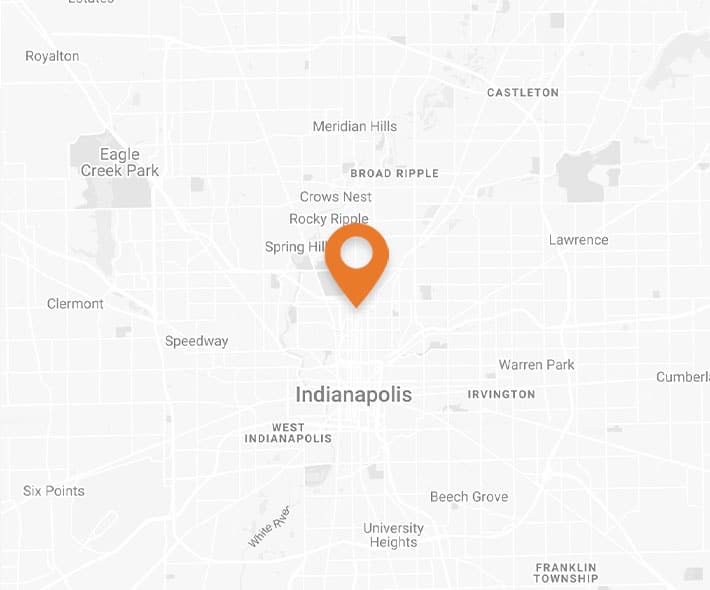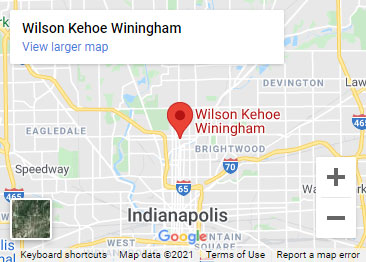What Expecting Mothers Should Know About Vacuum Extraction Delivery
Updated March 26, 2021 | By Wilson Kehoe Winingham staff
Vacuum extraction is a procedure that is occasionally performed during vaginal delivery. During this procedure, the doctor uses a vacuum to help move the baby through the birth canal, and that vacuum is usually attached to baby’s head using suction. This is typically done during a contraction while the mother is pushing.
There are two types of assisted vaginal delivery methods: forceps and vacuum extraction. Vacuum extraction delivery is typically preferred over forceps delivery; however, as with any procedure, there are risks associated with vacuum extraction delivery. If vacuum extraction fails—or forceps fail to deliver the baby—a cesarean section (C-section) delivery may be necessary. However, C-sections are coupled with unique complications as well.
What Are the Different Types of Vacuum Extractors?
Three types of vacuum extractors include metal cups, soft cups, and m-cups.
Metal Cups
The metal-cup vacuum extractor has a centrally attached chain that connects the cup to a handle used to apply traction. Metal-cup vacuum extraction has a higher success rate and easier cup placement than soft-cup vacuum extraction. However, the metal cups can make application difficult and uncomfortable, and they increase the risk of fetal scalp injuries.
Soft Cups
Soft-cup vacuum extractors cause fewer fetal scalp injuries, but they have a higher failure rate.
M-Cup
A new type of cup, the m-cup, combines the advantages of soft cups and metal cups.
When Is Vacuum Extraction Needed?
Your doctor could recommend vacuum extraction delivery if:
- Labor stops progressing
- Your baby’s heart rate becomes abnormal
- You have a health concern or certain medical issues (such as cardiac diseases)
Your doctor could caution against vacuum extraction delivery if:
- You’re less than 34 weeks pregnant
- Your baby has a condition affecting the strength of his or her bones
- Your baby’s head or body is too large to fit through your pelvis
- Your baby is breech
What Are the Maternal and Fetal Complications Associated with Vacuum Extraction?
Vacuum extraction can result in complications for both mothers and infants. While many of these maternal complications are also associated with vaginal deliveries, they are more likely with a vacuum extraction. Serious infant injuries after a vacuum extraction are rare, but possible.
Potential complications for mothers include:
- Pain in the perineum after birth (the tissue between the vagina and anus)
- Genital tract tears and wounds
- Difficulty urinating or emptying the bladder after delivery
- Involuntary urination or defecation after delivery
- Anemia (due to blood loss during delivery)
Potential complications for infants include:
- Scalp wounds
- Skull fracture
- Bleeding within the skull
- Higher risk of brachial plexus, shoulder dystocia, and collarbone fracture
What Is Considered Negligence in Conducting a Vacuum Extraction?
Some examples of negligence in vacuum extraction delivery include:
- Failure to perform a C-section instead of conducting a vacuum extraction when necessary
- Any other deviation from the standard of care (the position of the baby’s head is unknown, the baby has a condition affecting the strength of his or her bones, the baby is too large to fit through the pelvis, or the baby is breech)
Contact a Birth Injury Attorney Today
If you believe that your child has been injured as a result of vacuum extraction, your first step is to reach out to a birth injury lawyer. The Indianapolis birth injury lawyers at Wilson Kehoe Wingingham can provide you with the legal assistance you need to receive the compensation and justice you deserve.
With a strong and trustworthy attorney, you’ll have someone advocating for what’s rightfully yours. Contact Wilson Kehoe Winingham for a consultation to decide how to best move forward with your case. Call 317.920.6400 or fill out an online contact form for a free, no-obligation case evaluation.
Contact Us
Let WKW put our experience to work for you. Contact us for your free case evaluation.
Or, call us today at (317) 920-6400


